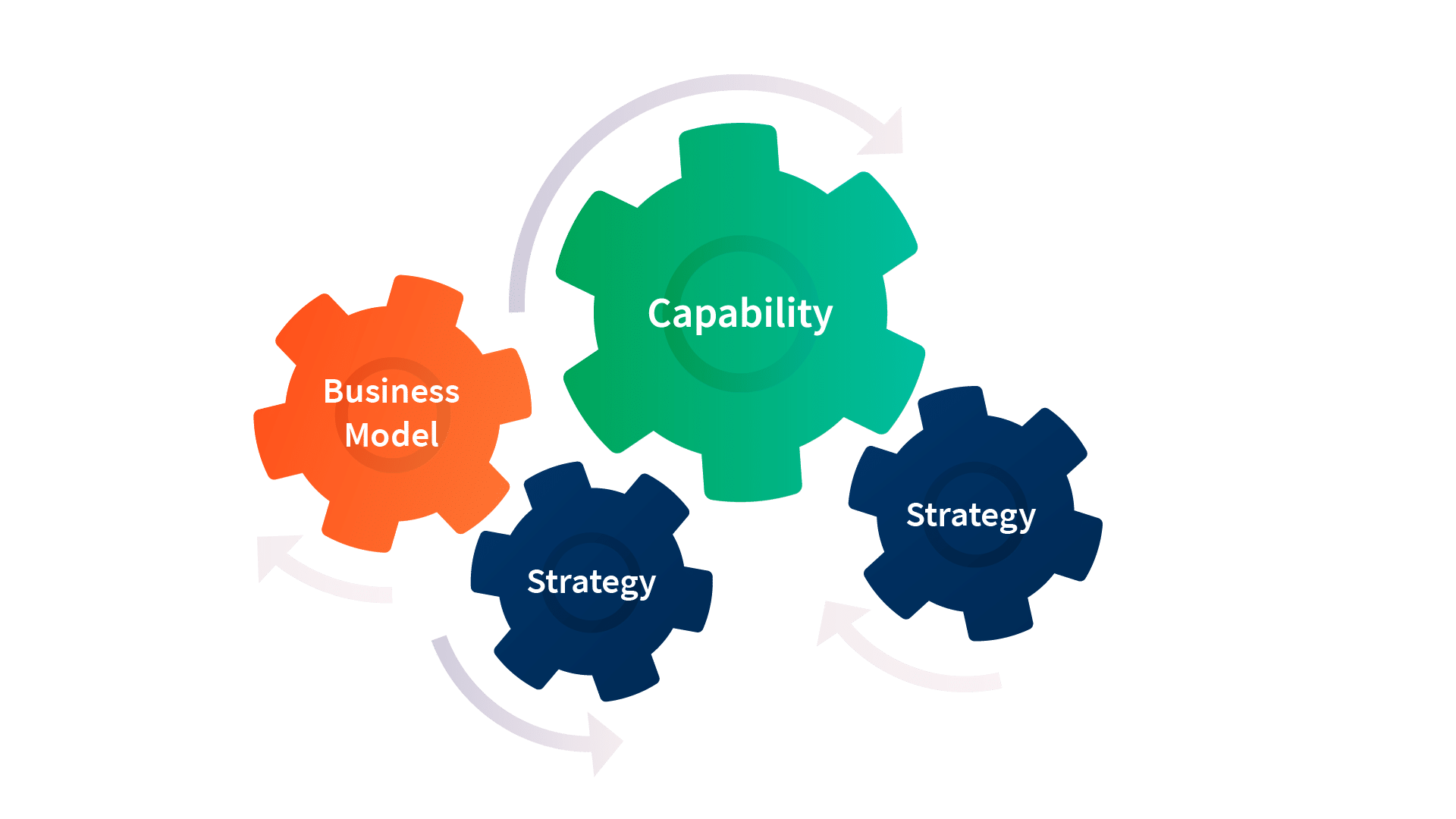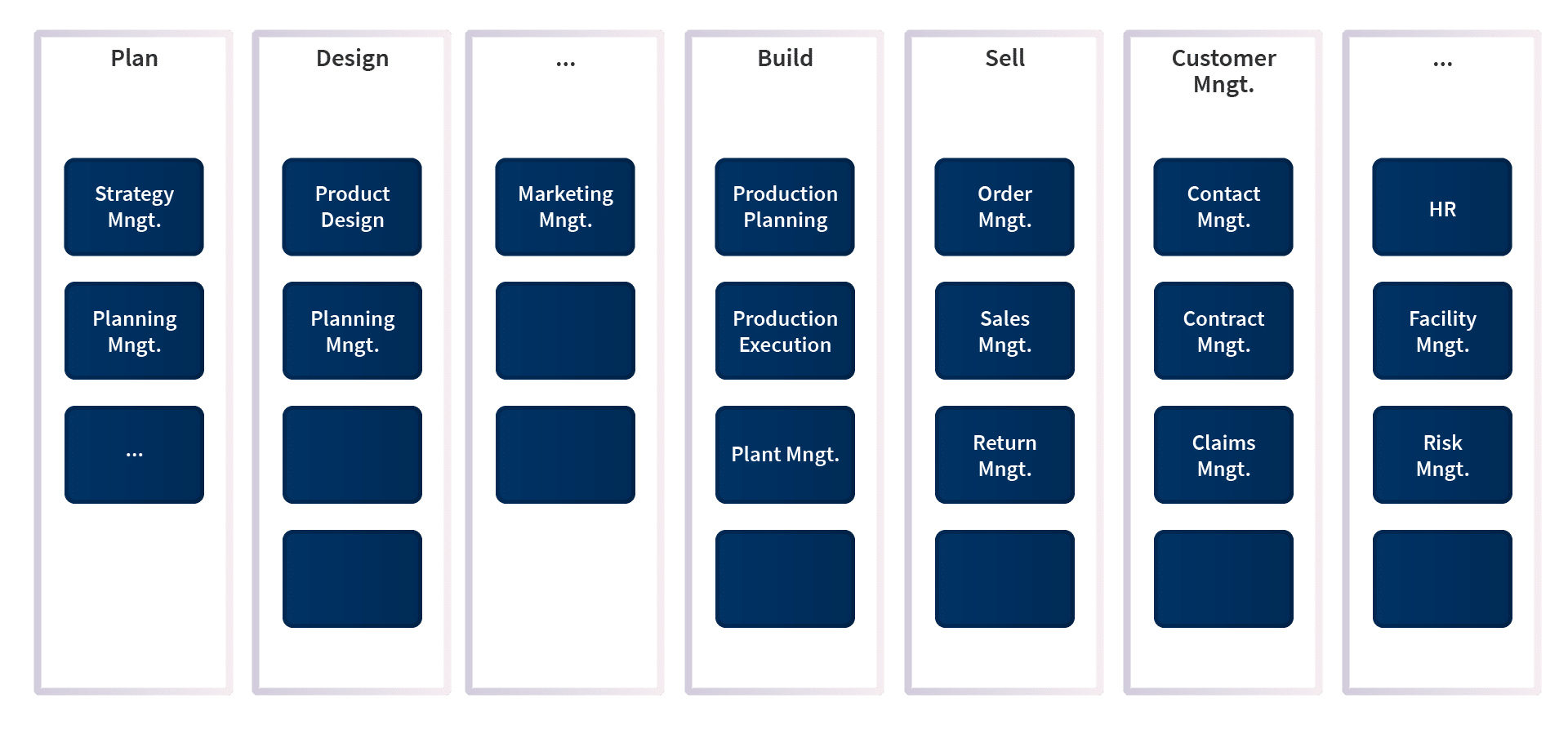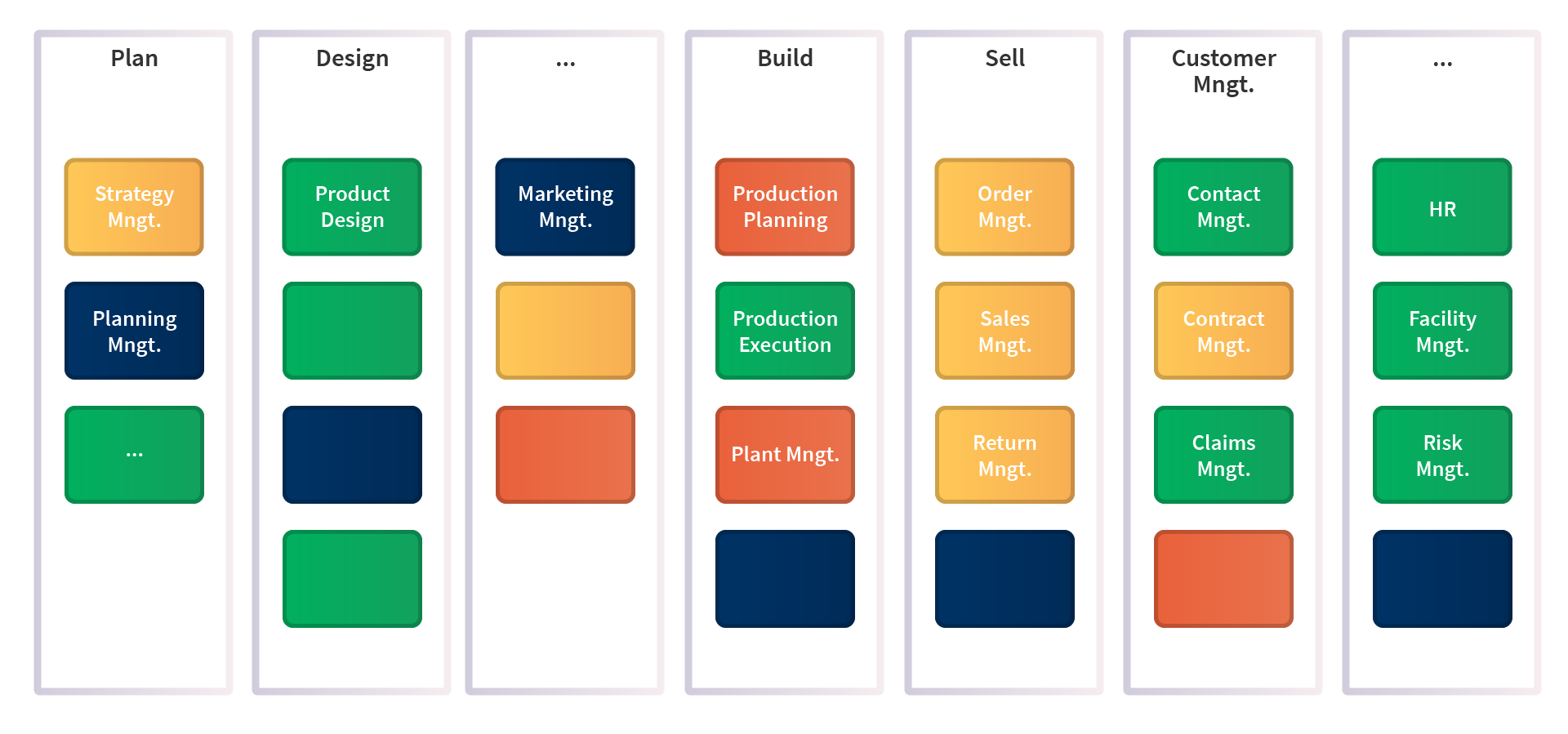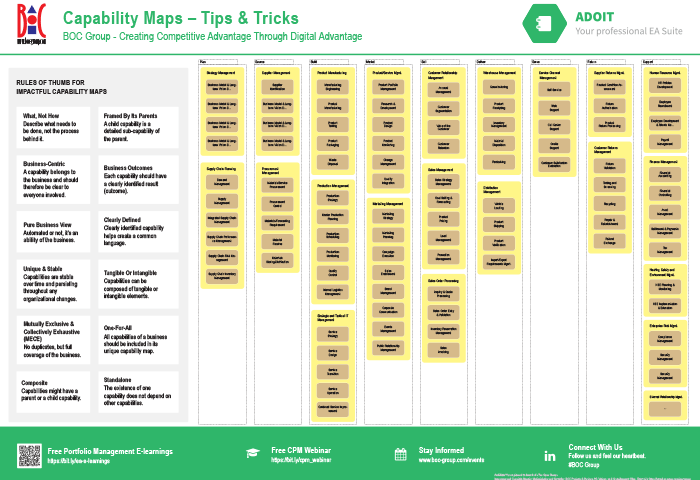Introduction
Digital technologies are forever changing the way we live and work – making many things in our daily lives faster, easier and more fun. However, at the same time, they are posing significant challenges for many organizations around the globe.
The term that is often used in this context is digitalization, and it can be best described as the transformation of products, processes, organizational structures and business models, driven by the current and emerging technological opportunities. Bearing in mind that this continuous advancement process is here to stay – companies across all industries must be ready to react flexibly and adapt to constantly changing environments. At the end of the day – it’s all a matter of agility.
But how can a full-blown transformation of an organization truly succeed? Where do you even begin? Do you implement new technologies? Develop new employee skills? Do you start with Business Process Optimization? Digitalize products? Deliver new customer experiences? Change your corporate culture?
One thing is for sure – without a solid planning foundation, there’s a high risk that you’ll get sidetracked or lost. And this is where capability management comes into play.
Keep reading this blog post to discover how your business capabilities can influence the success of your transformation initiatives, and how you can leverage them to have your organization survive and thrive through digital disruption!
What Are Capabilities?
The key decision-makers need to know the fundamental levers in their organizations. The starting point for planning of any transformation initiative needs to be with the very cornerstone of the company and its value proposition.
These elements are referred to as capabilities. Capabilities are the building blocks that enable an organization to achieve its business goals. Capabilities, therefore, are the critical competencies and technical know-how that the organization needs, in order to remain successful.
To put it simply:
“ A capability represents what an organization does.”
And when the capabilities are properly defined, they form a robust backbone of the company (see the BIZBOK® Guide).
Capabilities themselves are also made up of several elements. They consist of:
- People with roles and skills
- Business processes
- Data
- Applications
- Technologies
But for now, we’ll focus more on the strategic level.
What’s a Business Capability Map?
In order to understand which capabilities need to be developed and expanded in the context of a business transformation, you first need to get a good overview. And the best place to start is with a capability map.
As the word “map” implies, this is a visual representation of the essential elements. Similar to the periodic table of elements, which displays the core molecular components, the capability map helps in understanding and communicating the components that make up the organization’s value chains.

A comparison of a Business Capability Map to a periodic table
The capability map, as such, facilitates a broader discussion around the capabilities in the organization. It serves as a common point of reference for the entire enterprise – stripped down to the essentials. When done correctly, a capability map fosters a common language and understanding about the organization and the necessary changes, among its relevant stakeholders. It acts as a key pillar across the business model, business strategy and the operating model of the company.

Capabilities, Strategy and Business Model are interconnected
Sounds too good to be true? Wondering how this actually looks like in practice? Read on and find out!
What Does A Business Capability Map Look Like?
Various different patterns for structuring of a capability map have emerged as a common practice. Nevertheless, how you organize your capability map is of great importance.
Remember: The capability map and its structure represent the foundation of your business and how it should be perceived by your colleagues and stakeholders. As such, most capability maps tend to be built around the organization’s value chains.

A starting point to build your Business Capability Map
Typically, the capabilities are arranged in a hierarchical order. In our example above, you can see a capability map on two levels. In principle, you are free to define as many levels as you like. However, the recommended best practice is to stick to two or three levels at most, in order not to get lost in overly granular details.
How Is a Business Capability Map Used?
Just like any regular map, the different aspects of a capability map can be highlighted following a colour scheme. In the most basic version, colouring can be used to depict the current state of the organization.
Based on this, you can, for example emphasize the areas that need to be changed in order to achieve your strategic objectives. Typically, this is done via the so-called heatmaps: the capabilities that require a high degree of change are highlighted as “hot”, and those that don’t require change are shown as “cold”. Alternatively, a green-yellow-red traffic light system can also be used.

An example of colour coding Business Capability Map to highlight the needs for improvement
What’s more, you can also use heatmaps to highlight other criteria and answer questions like: Which capabilities contribute to our differentiation in the market? Where are we facing data quality issues? In which areas should more investments be made? Where do we need additional training?
This last question in particular shows that everyone in the organization can equally benefit from a capability map. Your HR department, can for example also align your training programmes to your capabilities.
Apart from the above-mentioned, another important use case for a capability map is referring to them as an organizational framework. For example, your organization’s application portfolio could also be structured according to your capabilities. This way, both the necessary and the unnecessary IT investments become more easily transparent.
Summary
Capabilities and the capability maps promote a common language across all business units of the organization. The capability map anchors a shared vocabulary among the stakeholders and thus also creates a common vision for the organization’s main building blocks and their importance.
Based on your capability analysis, the investments and corporate strategies can be aligned in a way that is transparent and clear for everyone. In that case, the improvement potentials and risks also become more easily identified. Focusing on capabilities helps you ensure that you don’t get lost in the details – like special cases in process flows, or current technical debts during your transformation.
Nevertheless, despite their immense value to your overall transformation, there is still one thing to keep in mind: Capability maps force an inside-out way of thinking. For that reason, it’s always a good idea to combine your capability management with other established approaches. Here, design thinking methods like Business Model Canvas, SWOT, or PESTLEweb, offer a good way to ensure that you also incorporate the ‘voice of the customer’ into your transformation planning.
Check out the supporting materials below and learn first-hand how you can set up your capability portfolio efficiently, and feel free to get in touch with us to get a head-start on your transformation initiatives!
Top Related Content
Get our weekly updates.
Never miss the freshest content.









